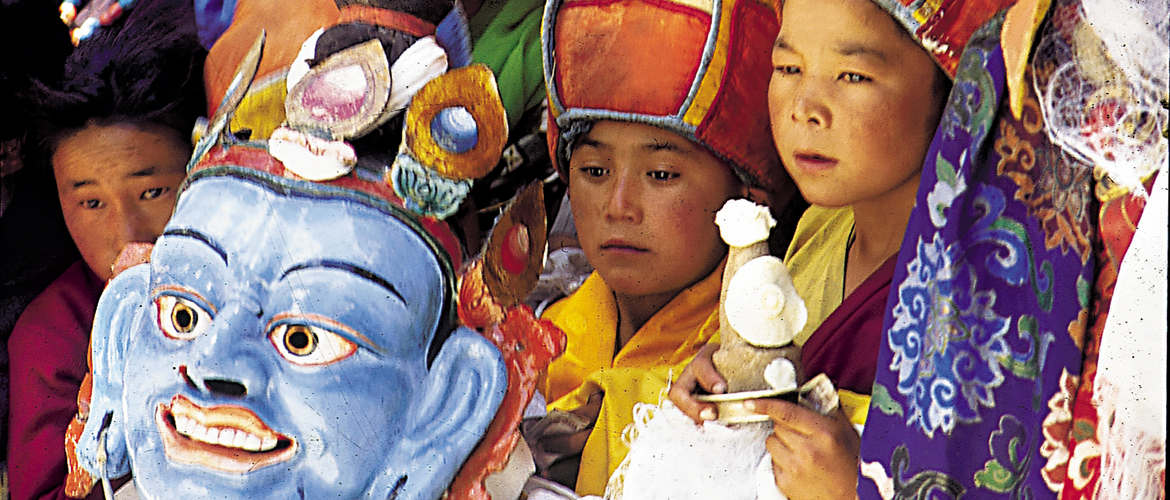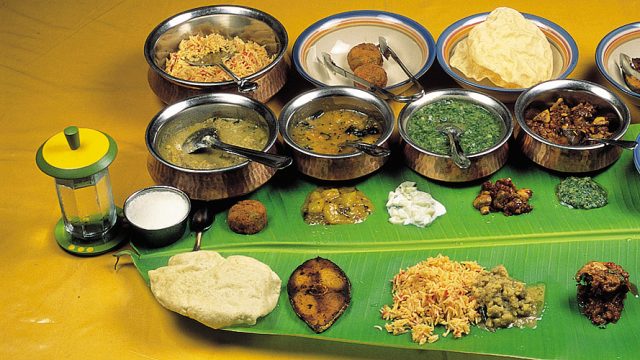In extreme climatic conditions such as these, cultural heritage has often simply meant the way people adapt

In a context of scarcity of resources, says scholar Helena Norberg-Hodge, “What cannot be eaten can be fed to animals, what cannot be used as fuel can fertilise the land… Ladakhis patch their home-spun robes till they can be patched no more… all shrubs or bushes serve some purpose (fuel, fodder, roof material, fence, dyes, basket weaving and so on)… Even human faeces was not wasted.” In some gompas or more remote restaurants, you can still see the traditional dry latrines, in which sand and kitchen ash was used to cover up the waste, which fell down below, dried, and was later converted to fertiliser.

Also, watch out for how Ladakhi fields are irrigated by water channels cut into the mountain slopes, channels which carry melting snow waters from long distances to these oases fields. Farmers water their patch and then block the channel with stones so the water flows on into neighbouring fields.
culture
Himalaya
India




